 Speaking to Beer & Brewer after his award, Adamson talked about how the brewing industry is changing, improving and some of his career highlights.
Speaking to Beer & Brewer after his award, Adamson talked about how the brewing industry is changing, improving and some of his career highlights.  Speaking to Beer & Brewer after his award, Adamson talked about how the brewing industry is changing, improving and some of his career highlights.
Speaking to Beer & Brewer after his award, Adamson talked about how the brewing industry is changing, improving and some of his career highlights. 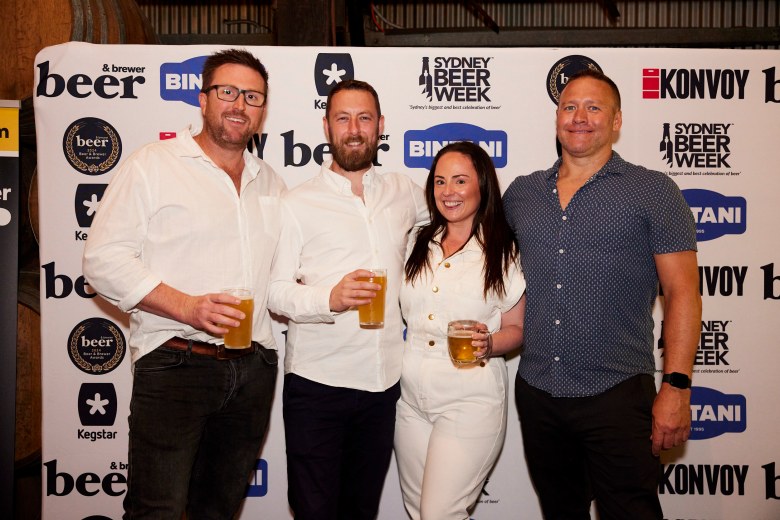 Australian craft beer fans, colleagues and a smattering of journalists gathered last Sunday for the official launch of Sydney Beer Week and the 2024 Beer & Brewer Awards.
Australian craft beer fans, colleagues and a smattering of journalists gathered last Sunday for the official launch of Sydney Beer Week and the 2024 Beer & Brewer Awards. 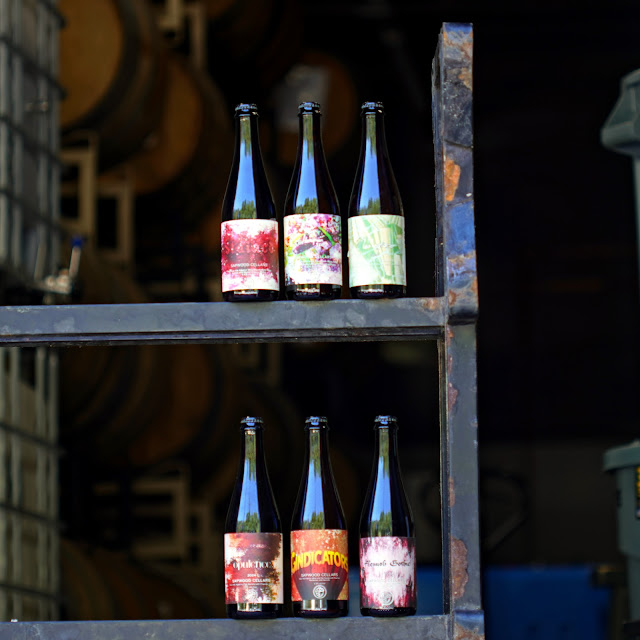
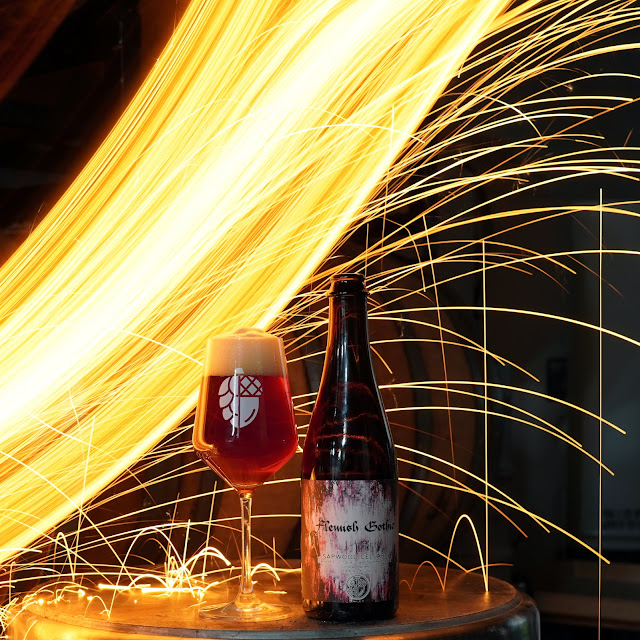
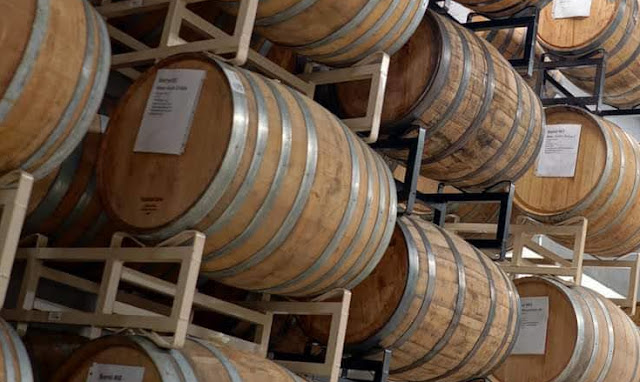
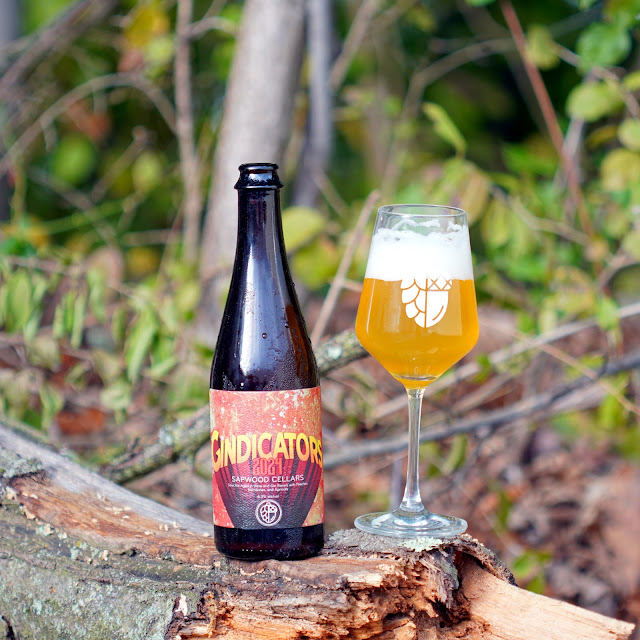

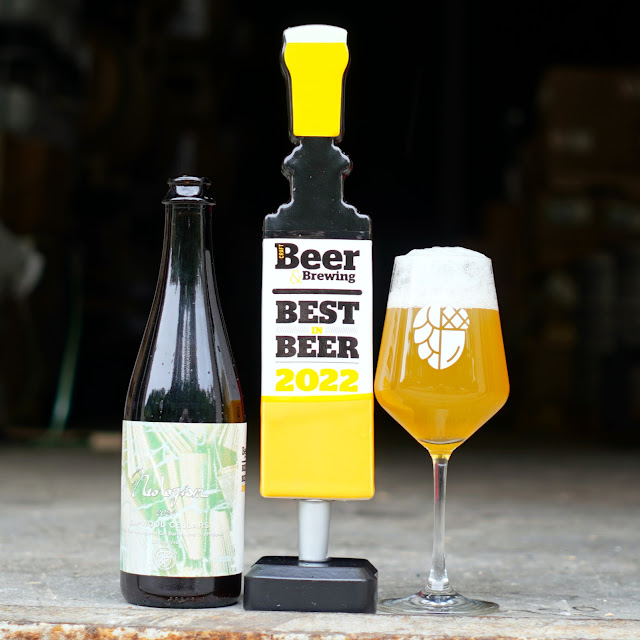
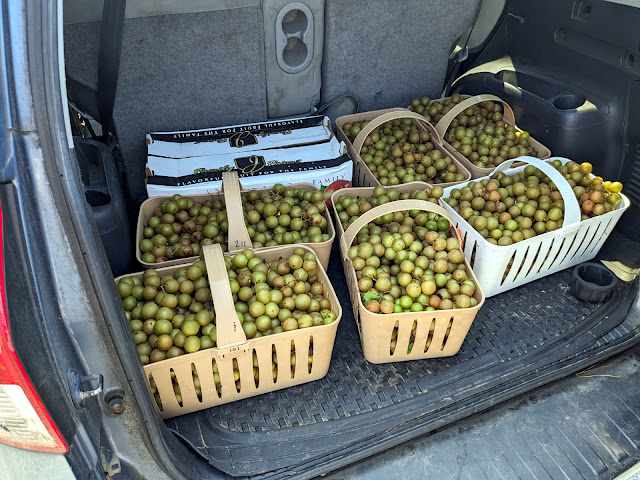
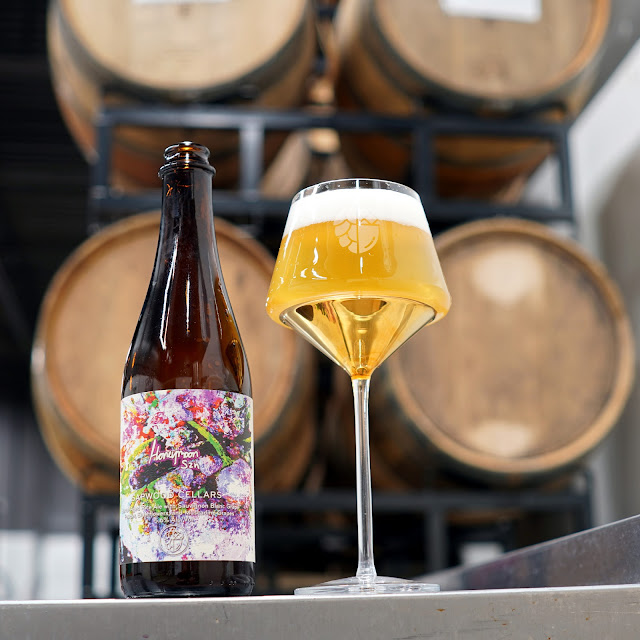
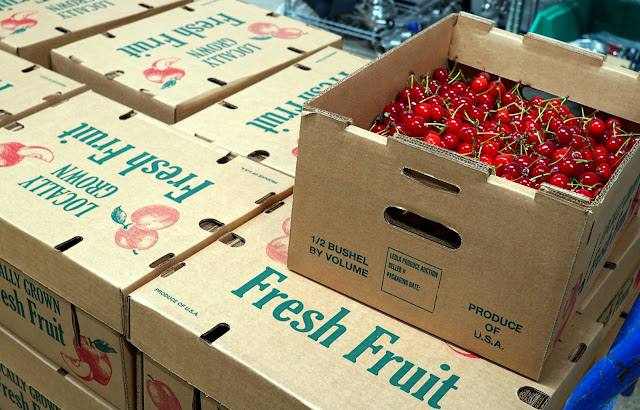
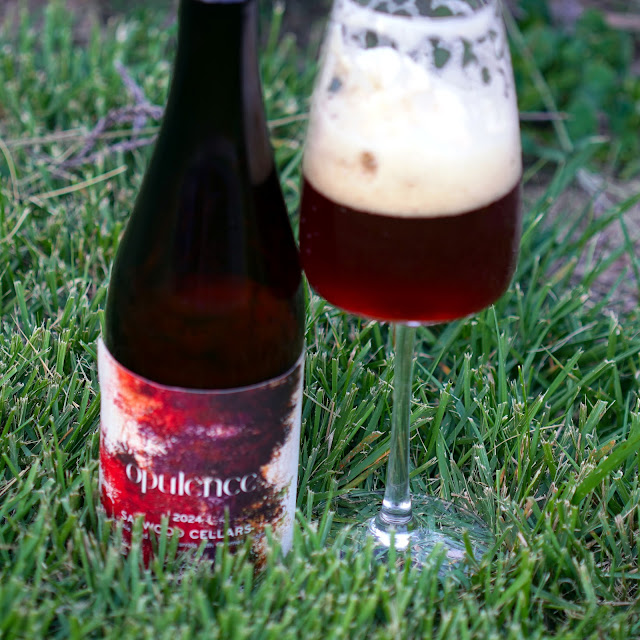

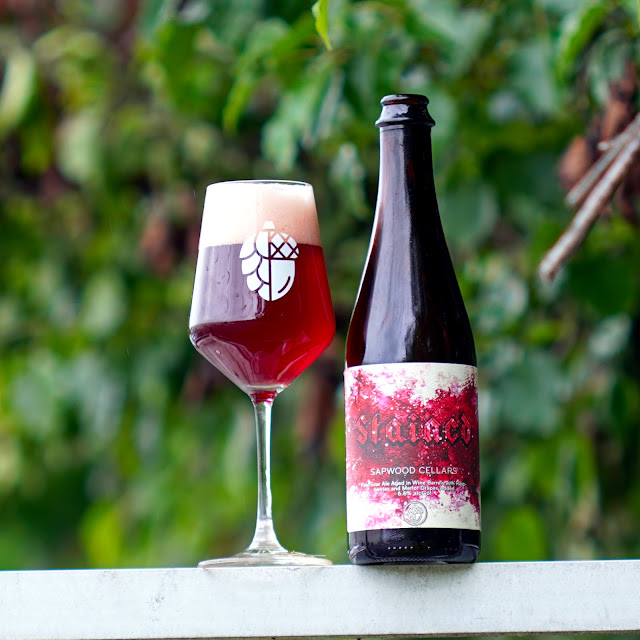
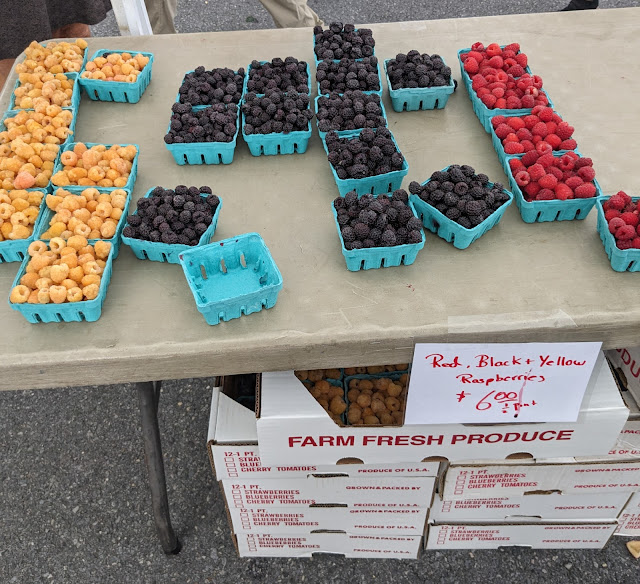
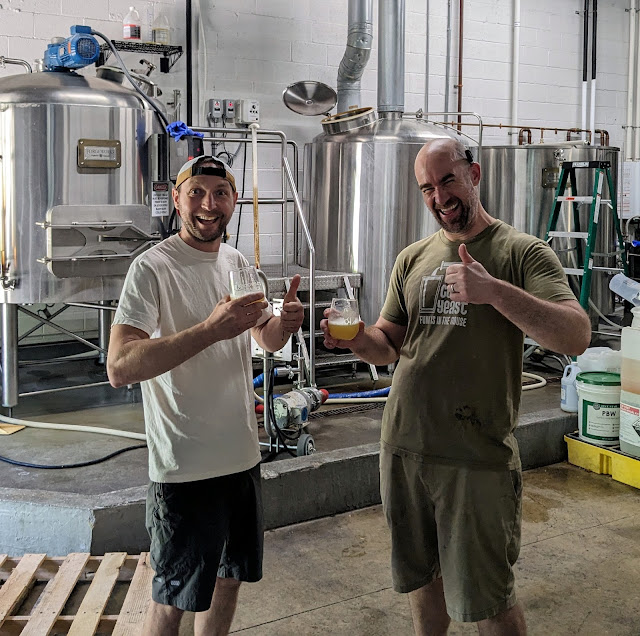
 From industrial chemistry to marketing to brewing, Esker Beer Co’s Charlie Claridge leans on his diverse experience to create award-winning beer.
From industrial chemistry to marketing to brewing, Esker Beer Co’s Charlie Claridge leans on his diverse experience to create award-winning beer.  BeerFest Australia engages more than 30 musical acts over its festivals, with Sneaky Sound System headlining the Sydney event.
BeerFest Australia engages more than 30 musical acts over its festivals, with Sneaky Sound System headlining the Sydney event. 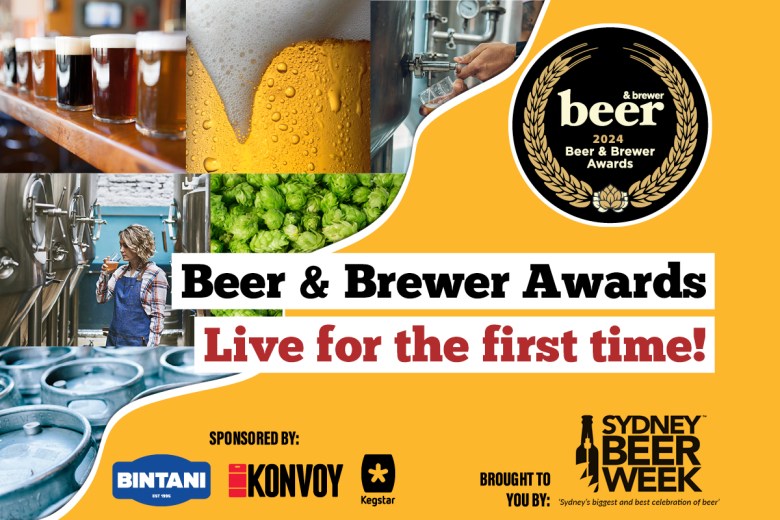 Beer & Brewer has partnered with Sydney Beer Week to present the 2024 Beer & Brewer Awards at a live ceremony on 20 October.
Beer & Brewer has partnered with Sydney Beer Week to present the 2024 Beer & Brewer Awards at a live ceremony on 20 October. 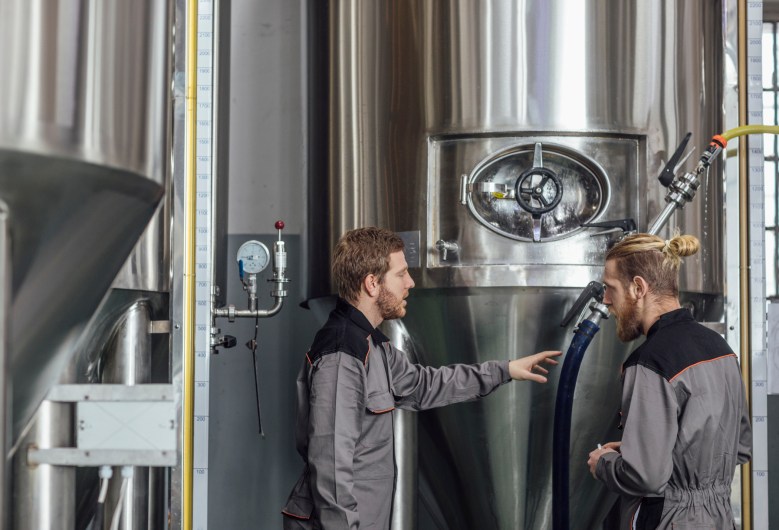 Amid trying times for the brewing industry and damaging tax hikes, MPs across the country agree on the need for reform.
Amid trying times for the brewing industry and damaging tax hikes, MPs across the country agree on the need for reform. 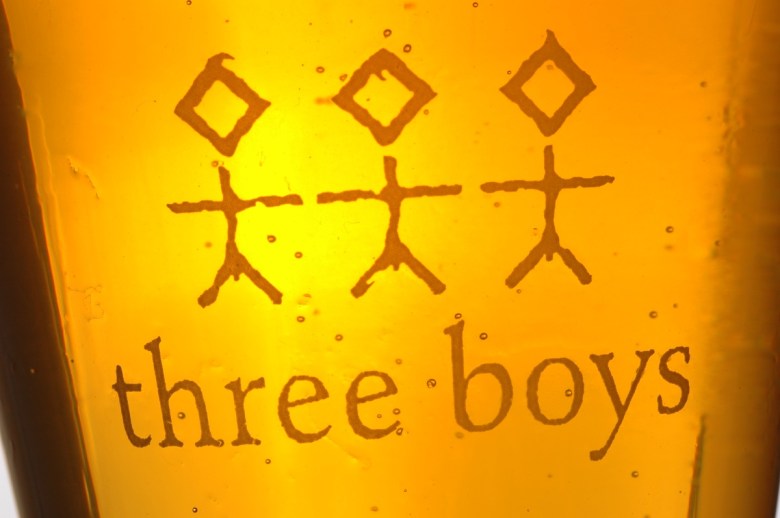 Owner Ralph Bungard spoke about the changing perception of beer, 20 years of ups and downs, and what makes Three Boys special.
Owner Ralph Bungard spoke about the changing perception of beer, 20 years of ups and downs, and what makes Three Boys special. 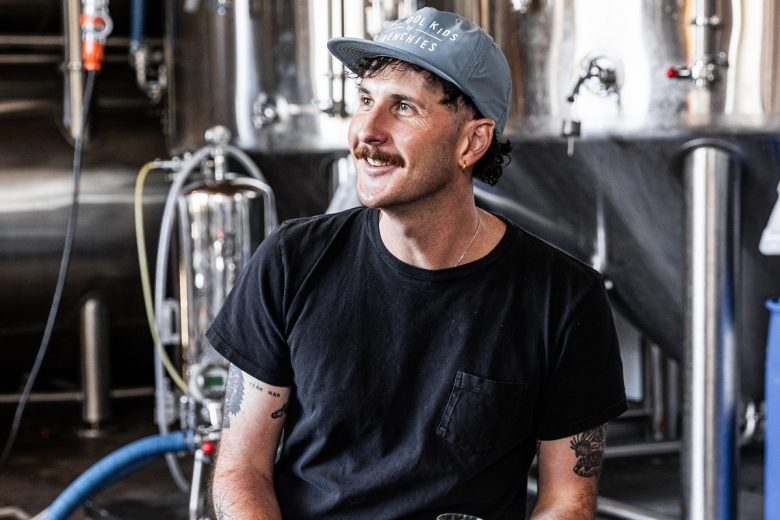 Frenchies Brewery Head Brewer Sam McDonough spoke to Beer & Brewer about his decade in the industry, working with some of Australia’s most well-known craft breweries.
Frenchies Brewery Head Brewer Sam McDonough spoke to Beer & Brewer about his decade in the industry, working with some of Australia’s most well-known craft breweries. 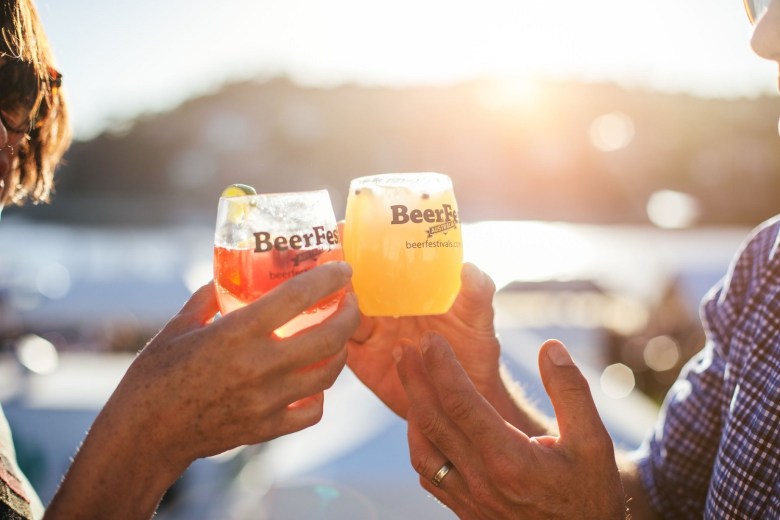 Organiser say they want BeerFest to create lifelong memories through unique and engaging experiences.
Organiser say they want BeerFest to create lifelong memories through unique and engaging experiences. 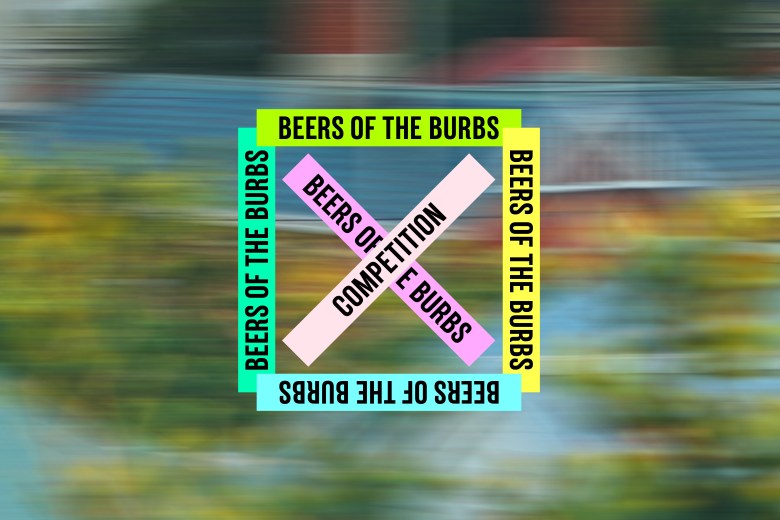 The community brewing competition returns for a second year, with the grand final set to take place on Thursday 29 August.
The community brewing competition returns for a second year, with the grand final set to take place on Thursday 29 August. 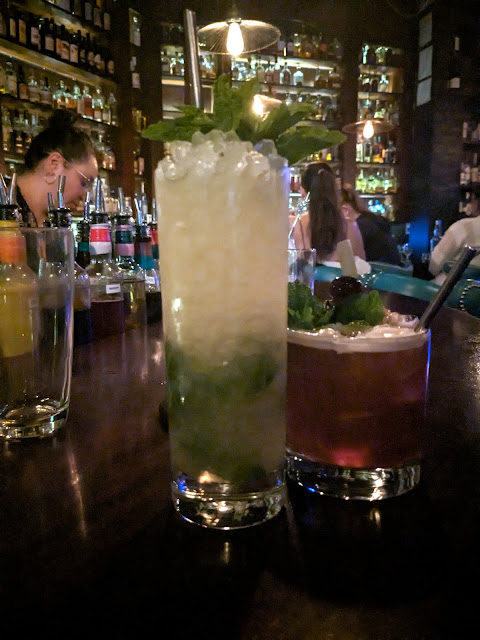
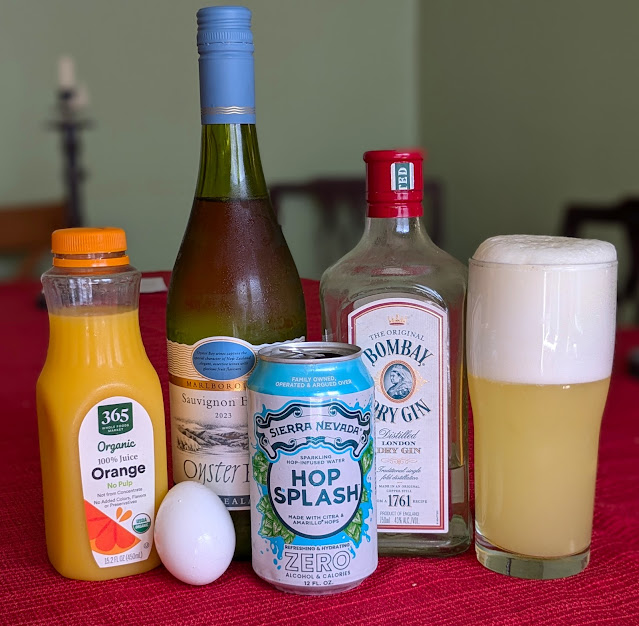
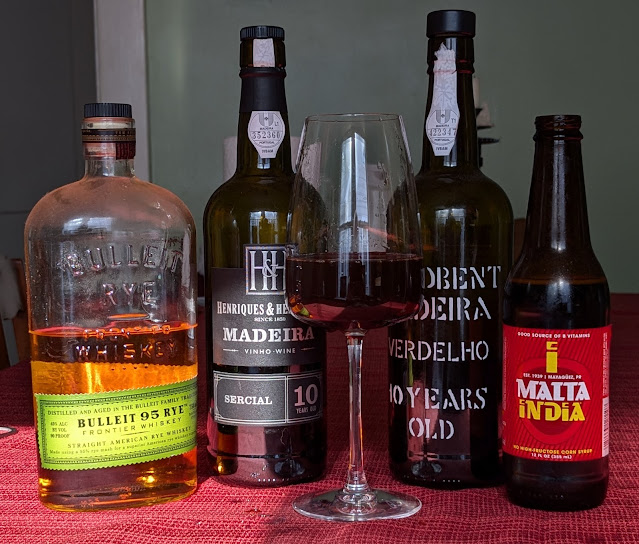
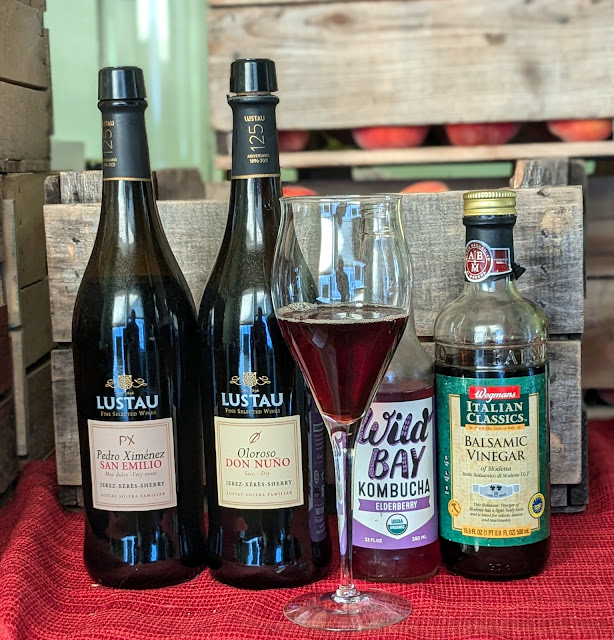
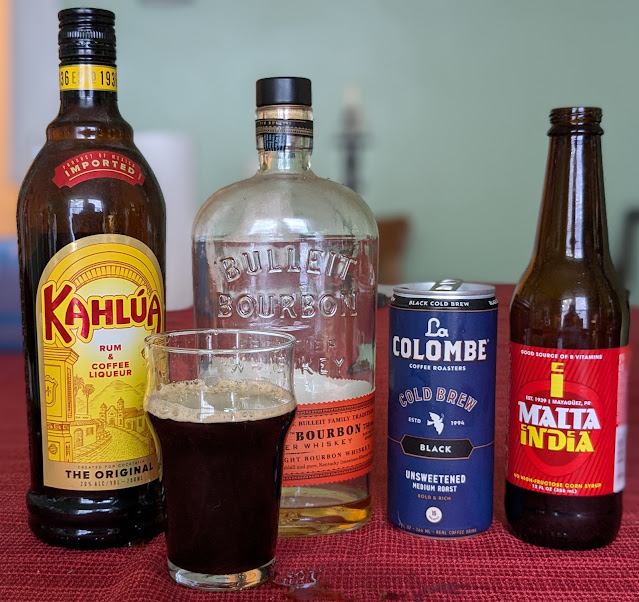
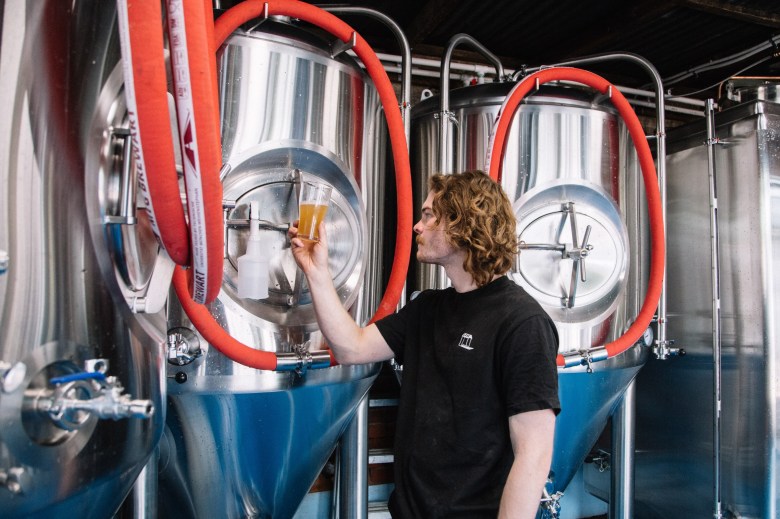 The new suite of resources aims to support independent brewers in maintaining consistent quality across their products.
The new suite of resources aims to support independent brewers in maintaining consistent quality across their products. 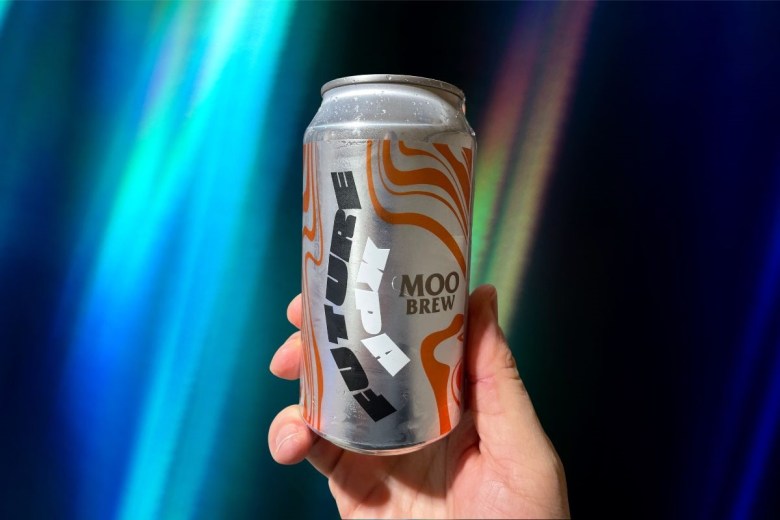 Future XPA uses climate-resistant hops and grains to investigate ways that beer can adapt to our changing climate.
Future XPA uses climate-resistant hops and grains to investigate ways that beer can adapt to our changing climate.  Yulli’s Brews Head Brewer, Jamie Webb-Smith, speaks about championing ingredients, making consistently good beer, and growing his knowledge.
Yulli’s Brews Head Brewer, Jamie Webb-Smith, speaks about championing ingredients, making consistently good beer, and growing his knowledge. 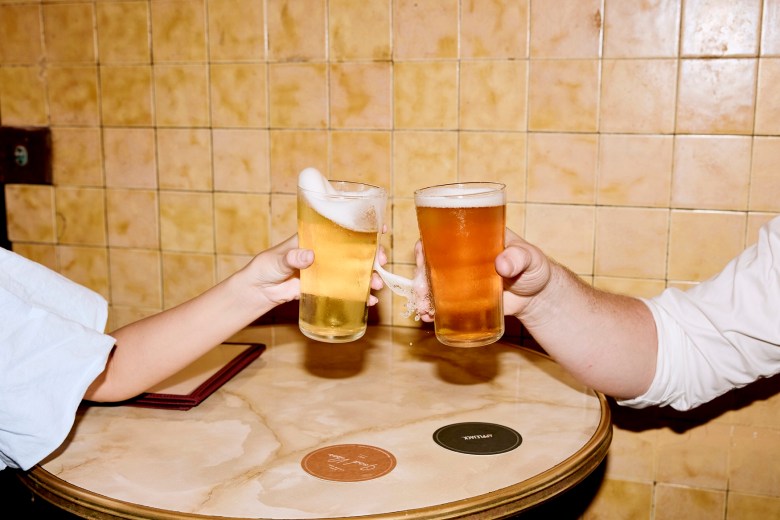 The 2024 financial year was a difficult period for craft beer, but the industry has developed strategies to cope with further challenges.
The 2024 financial year was a difficult period for craft beer, but the industry has developed strategies to cope with further challenges. 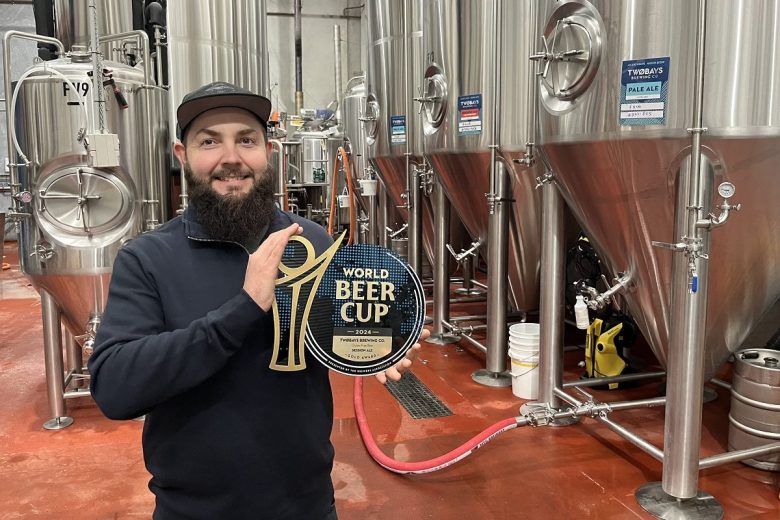 This week’s brewer spotlight highlights Kristian Martin, Head Brewer at dedicated gluten-free brewery Two Bays Brewing Co.
This week’s brewer spotlight highlights Kristian Martin, Head Brewer at dedicated gluten-free brewery Two Bays Brewing Co. 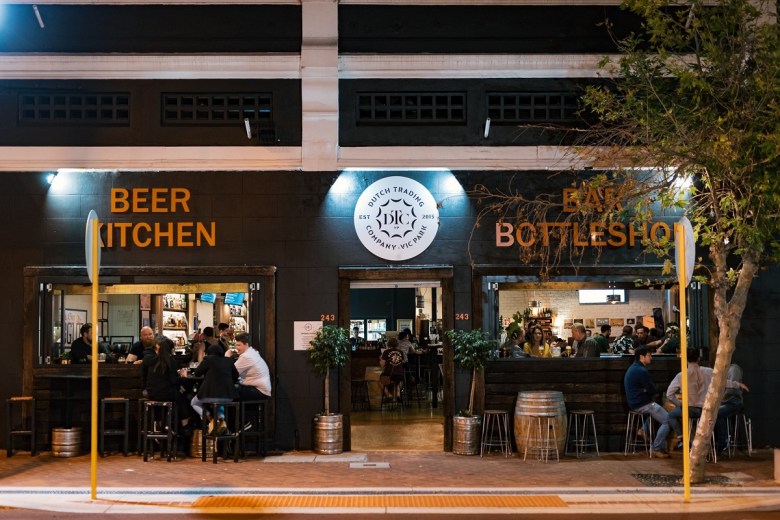 After nine years as a craft beer hub for WA, Dutch Trading Co. is closing, with the owners planning to transform the venue into something new.
After nine years as a craft beer hub for WA, Dutch Trading Co. is closing, with the owners planning to transform the venue into something new.  From Irish stout to hazy pale ales, Beer & Brewer rounds up the best non-alcoholic beers for Dry July.
From Irish stout to hazy pale ales, Beer & Brewer rounds up the best non-alcoholic beers for Dry July. 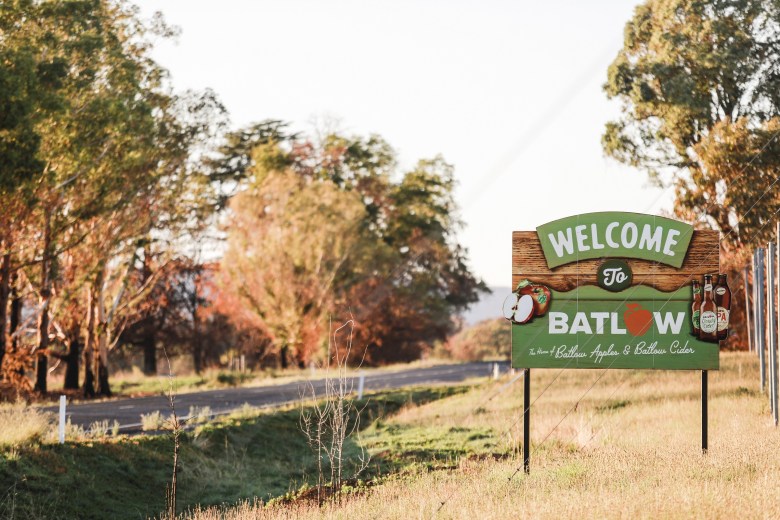 Capital Brewing Co has announced that it has bought one of Australia’s most renowned cider brands, Batlow Cider.
Capital Brewing Co has announced that it has bought one of Australia’s most renowned cider brands, Batlow Cider.